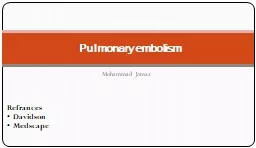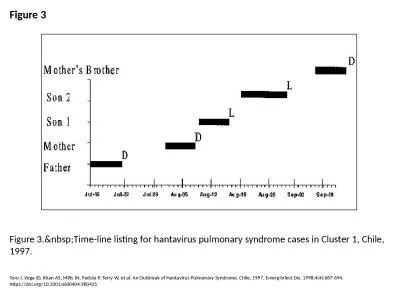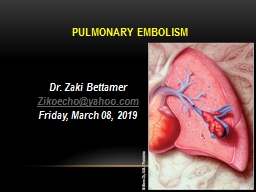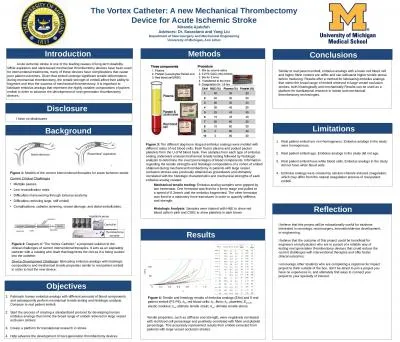PPT-Scimitar Syndrome Presenting with Pulmonary Emboli
Author : grewhypo | Published Date : 2020-06-23
and Right Heart Failure Requiring ECMO Paul J Simpson MD Gowthami Are MD Ricardo Lopez MD Habibur Rahman MD Icahn School of Medicine at Mount Sinai NYC Health
Presentation Embed Code
Download Presentation
Download Presentation The PPT/PDF document "Scimitar Syndrome Presenting with Pulmon..." is the property of its rightful owner. Permission is granted to download and print the materials on this website for personal, non-commercial use only, and to display it on your personal computer provided you do not modify the materials and that you retain all copyright notices contained in the materials. By downloading content from our website, you accept the terms of this agreement.
Scimitar Syndrome Presenting with Pulmonary Emboli: Transcript
Download Rules Of Document
"Scimitar Syndrome Presenting with Pulmonary Emboli"The content belongs to its owner. You may download and print it for personal use, without modification, and keep all copyright notices. By downloading, you agree to these terms.
Related Documents

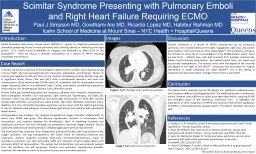
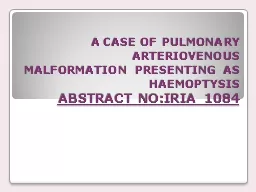

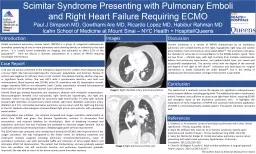
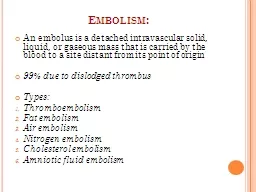

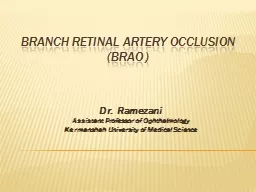
![Invasive Pulmonary Aspergillosis[IPA] as presenting manifestation of CKD](https://thumbs.docslides.com/784816/invasive-pulmonary-aspergillosis-ipa-as-presenting-manifestation-of-ckd.jpg)
